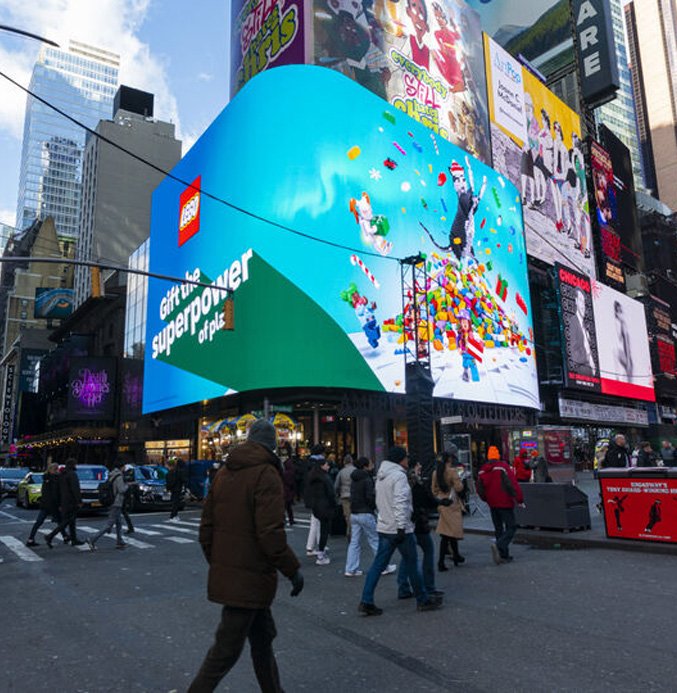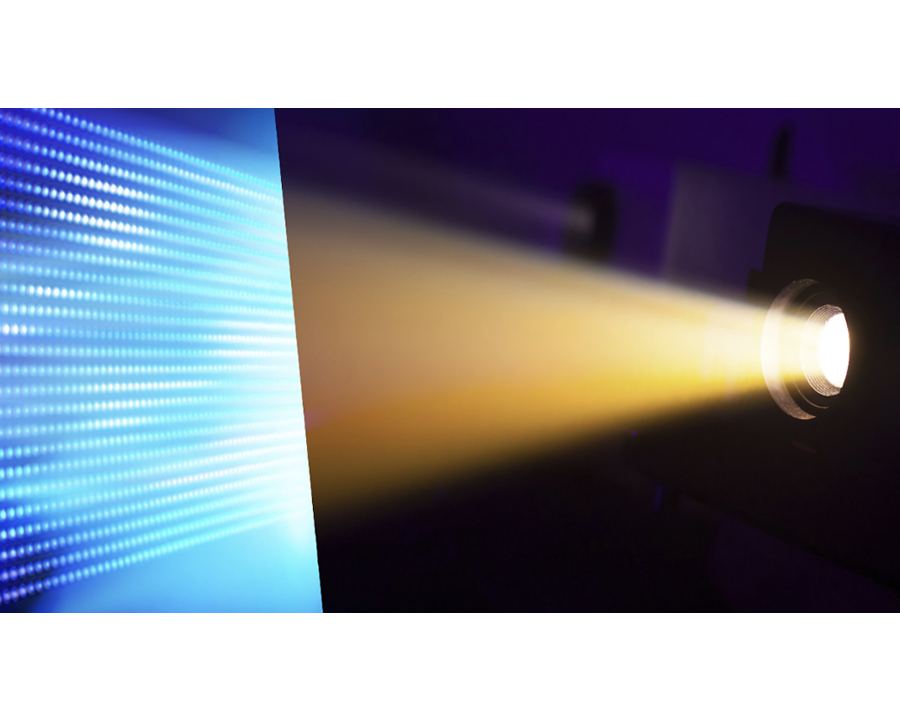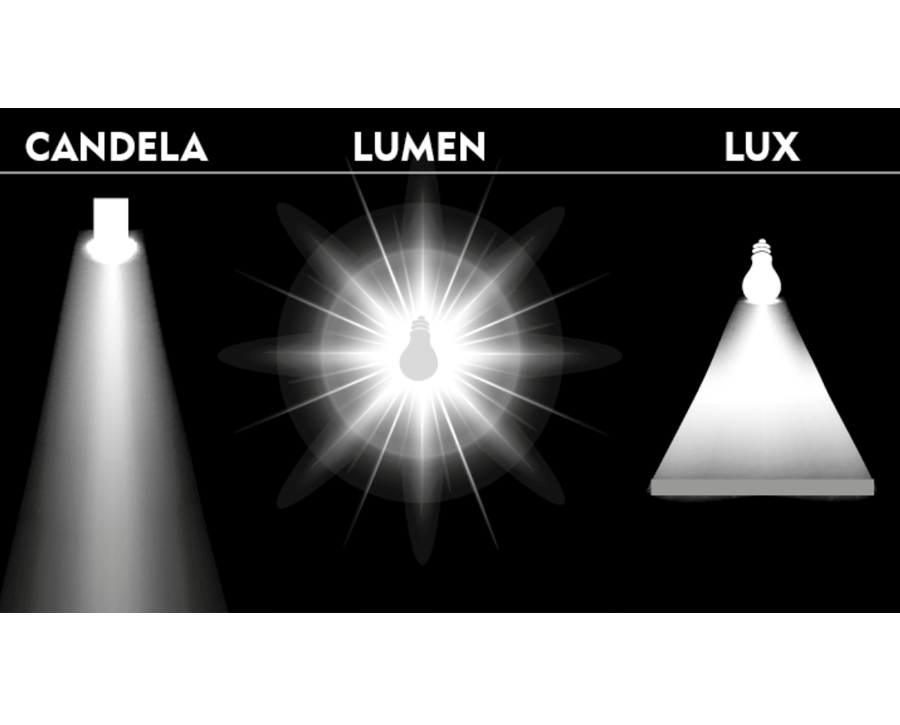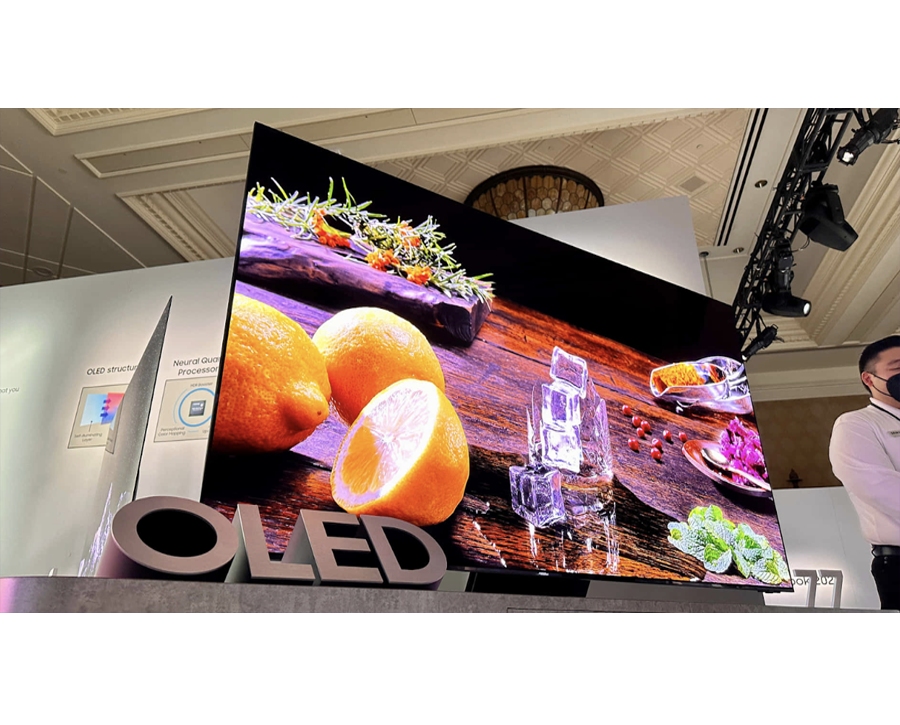
Do you ever wonder why some of the screens appear brighter or have better picture quality than the other screens in different types of lighting conditions? The answer often lies in these units of measuring light: candela (cd/m²) and nits. Let’s dive into the details.
What is Candela (cd/m²) and Nit?
It is about time to consider display brightness. However, it would be useful to understand what candela per square meter (cd/m²) or nits mean.
Definition of Candela (cd/m²)
Candela per square meter is a metric unit of luminance devoid of any dimensions. Illuminance means the density or distribution of light given off or coming from a source in a given direction. It is one of the SI units and most often has the abbreviation cd/m².
- Candela: It is the SI unit used in the measurement of luminous intensity. A candela is equal to the brightness of light that one candle of moderate size produces.
- Per square meter: The measurement looks at the extent to which the light illuminates an area of one square meter.
In simple terms, candela per square meter quantifies how brightly a surface sheds light in a defined region or area.
Definition of Nits
The term nits is another measure of brightness that is popular in industries such as display technology and consumer electronics. A nit is equal to one candela per square meter. In other words:
1 nit = 1 cd/m²
The term “nit” is more informal and can be found frequently when describing the products throughout commodities such as TVs, monitors and gadgets like smartphones. It demystifies the industry language.
The Role of Candela (cd/m²) and Nits in Display Brightness
These units are critical for gauging the performance of displays. Brightness directly affects how well a screen performs under various lighting conditions:
- Indoor Use: Screen gadgets like monitors and TVs require moderate intensity (200-400 nits) to be used to offer visibility and sharp images but cause minimal eye pressure.
- Outdoor Use: Products like smart phones and digital signs have to have greater brightness 1,000 nits and above to counter sun wash out.
Both candela (cd/m²) and nits quantify this brightness, allowing manufacturers and consumers to compare devices’ brightness accurately.
Relationship Between Candela (cd/m²) and Nits
Because 1 nit is equivalent to 1 cd/m², these units have no mathematical difference. However, their usage varies depending on the context:
- Candela (cd/m²) is often used in technical specifications and engineering documents.
- Nits is preferred in marketing materials and consumer-focused discussions.
This interchangeable relationship simplifies understanding without requiring conversions.
Key Differences Between Candela (cd/m²) and Nits
Although candela per square meter (cd/m²) and nits are numerically equivalent. The differences between them lie in their usage, context, and implications for display technology. Let’s break these distinctions down in practical terms.
Measurement Standards and Context
The terms “candela per square meter” and “nits” might measure the same thing—brightness—but they serve different audiences and industries.
- Technical and Engineering Use: Candela per square meter (cd/m²) is part of the International System of Units (SI) and is more formal. Engineers and researchers rely on cd/m² in technical documents and scientific discussions, especially in fields like optical physics and material science.
- Consumer-Friendly Term: On the other hand, Nits dominate consumer-oriented environments. The same brightness in nits that you see when buying a TV, monitor or smartphone possibly ever. It makes sense because this term is easily understandable. Especially to those people or persons that may not have any background in computing or information technology.
Geographical Preferences
There are also regional differences in defining which term will be appropriate. For instance:
- Cd/m² in Europe and Asia: In regions where the SI system is more popular, cd/m² is used more often in technical documentation.
- Nits in the U.S.: The term has sort of become mainstream in the United States especially in product documentation and advertisements of electronic gadgets.
Practical Implications for Display Technology
Despite being equivalent, the choice of terminology can impact perception and usability in technology development:
- Clarity in Specification: Cd/m² is precise and universally recognized in professional settings, making it the preferred term for industrial and research applications.
- Marketing Appeal: Nits are more intuitive for consumers, which is why manufacturers of TVs and smartphones use them to highlight their products’ brightness levels. A TV described as having “1,000 nits” sounds straightforward compared to “1,000 cd/m²,” even though they’re the same.
Display Technology Consequences
The way brightness is described also influences how technology is marketed and understood:
- High-Nit Displays for Outdoor Use: Devices marketed with high nit values often target outdoor or high-ambient-light use cases, where brightness is a critical factor.
- Precision for Medical and Industrial Displays: Professional displays, like those used in medical imaging or graphic design, typically use cd/m² to convey the exact luminance necessary for critical tasks.
Why Candela (cd/m²) and Nits Matter in Display Technology
Brightness levels directly influence how well you can see content on a screen:
- Indoor Use: In controlled lighting environments like living rooms or offices, moderate brightness (around 200–400 nits) ensures comfort and clarity.
- Outdoor Use: Screens used in bright outdoor settings, such as smartphones or digital billboards, often require 1,000 nits or more to overcome glare and maintain visibility.
Display Clarity and Color Accuracy
Brightness affects not just visibility but also color fidelity and contrast:
- Higher Brightness for HDR Content: HDR stands for High Dynamic Range which focuses on the high brightness level (in nits) making the image more contrast and increasing color vitality.
- Uniform Luminance for Precision: Monitors for professional uses, such as video editing, need high brightness levels (measured in cd/m²) to make the values on the screen look uniform.
Performance in Various Lighting Conditions
The environment where a display is used determines the ideal brightness levels:
- Low-Light Environments: Brightness levels that are too high can cause discomfort in dark settings. Devices designed for these conditions often include adaptive brightness features.
- Bright Environments: Outdoor digital signage and automotive displays prioritize high brightness to ensure content remains visible, even in direct sunlight.
Applications of Candela (cd/m²) and Nits
Brightness measurements such as candela per square meter (cd/m²) and nits are essential across various industries and technologies. These units ensure screens meet specific performance criteria, enhancing functionality and user experience.
Televisions
Modern TVs, particularly those with HDR (High Dynamic Range) capabilities, rely on nit values to deliver stunning visuals.
- HDR Standards: Current HDR-capable LEDs advertise a peak-end brightness of between 600 and 1000 nits. This capability improves color contrast, which sharpens the shade of darkness and the tone of brightness.
- Room Lighting Considerations: For average use of displays in poorly lit locations, 200 – 400 nits are suitable. However, where they are to be located in well-lit rooms or environments, the comparatively higher brightness levels of 800-1200 nits help to avoid the images being washed out.
Monitors
Professional monitors, intended in professional applications such as graphics and video editing or medical practices, require a specific level of brightness to deliver correct color rendering for improved picture quality.
- Creative Work: Designers and editors benefit from displays offering uniform brightness, typically measured in cd/m², to ensure consistent color reproduction across the screen. Monitors often achieve 300–600 cd/m², ideal for detailed work.
- Gaming Monitors: In gaming especially, monitors with peak brightness levels that surpass 1000 nits comes in handy in providing eye popping experience in the gameplay.
Smartphones and Tablets
Mobile devices are operated under various lighting conditions, making brightness an important issue.
- Outdoor Readability: Modern smartphones yield peak brightness of 800- 1,200 nits to remain readable under direct sunlight.
- Adaptive Brightness: An increasing number of devices automatically control brightness (in nits) in response to the brightness of the environment in order to produce an appropriate representation while being energy friendly.
Outdoor Digital Signage
Outdoor displays and advertising screens demand high brightness levels due to glare and direct sunlight.
- Typical Specifications: Often, these displays are between 2000 and 5000 nits, making it easy to read in all weathers.
- Energy Efficiency: To achieve this brightness level, energy factors remain a challenge, the cd/m² measurements are thus relevant to determine efficiency.
Specialized Uses
- Automotive Displays: Modern cars’ built-in dashboards and infotainment systems place significant emphasis on cd/m² to guarantee proper legibility in various lighting situations for safe operation.
- Medical Imaging: Screens for X-rays or MRIs need to be bright or have the accurate brightness and contrast in order to show tiny details.
How to Choose the Right Measurement for Your Needs
Professionals
For professionals in design, engineering, or healthcare, precision matters.
- Technical Contexts: Cd/m² is preferred in these fields due to its association with SI units and its formal nature in specifications.
- Application-Specific Needs: For example, radiologists use monitors with brightness exceeding 1,000 cd/m² for detailed imaging, while video editors might prioritize consistent brightness across the screen.
Consumers
When choosing a TV, smartphone, or monitor, nits provide a straightforward way to assess brightness.
- Casual Use: For indoor TV viewing, 300–500 nits are sufficient, while outdoor visibility on smartphones demands at least 800–1,000 nits.
- HDR and Gaming: Look for higher peak brightness levels (e.g., 1,000+ nits) for enhanced visual experiences.
Environment Matters
Consider where the display will be used:
- Outdoor Spaces: Choose devices with high nit values (e.g., digital signage or smartphones).
- Controlled Lighting: Moderate brightness levels (e.g., monitors or TVs in living rooms) ensure comfort without excessive glare.
Conclusion
Candela (cd/m²) and nits are more than numbers—they shape how we interact with technology. From choosing the right TV to ensuring precision in medical imaging, understanding these units empowers you to make informed decisions tailored to your needs.
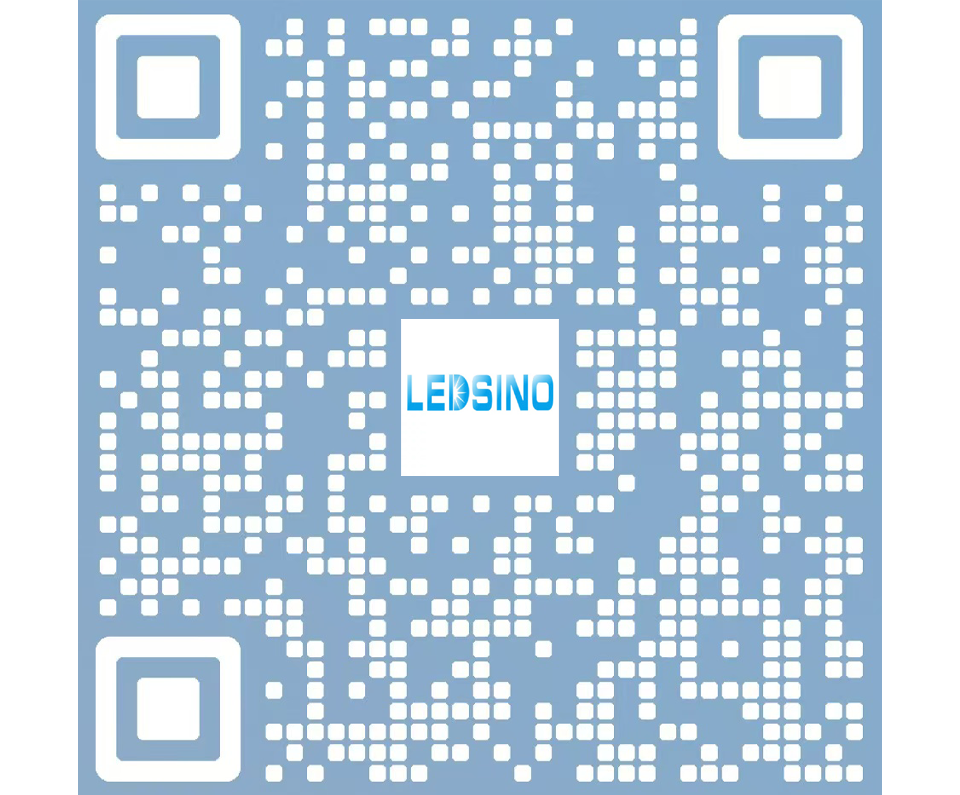
Enter the digital world with our advanced display technologies.


